
General Information of the city
Named after former Philippine President Manuel Luis Quezon,Quezon City covers an area of 161.1 square kilometers,has a population of more than 3 million people,and is composed of 142 Barangays(pronounced from Minnan,the smallest administrative district in the Philippines),and was the capital of the Philippines from 1948-1976.As the largest city in Metro Manila,Quezon has been planned and developed at a world-class level,resulting in a strategically important location and a cosmopolitan character that epitomizes Metro Manila in many ways.
Quezon City is home to many important national government agencies and offices,with numerous universities,media and entertainment industry giants,and world-renowned specialized hospitals and medical centers.The city's enterprises are mainly composed of small and medium-sized enterprises in commodity distribution and basic services.
Quezon City is the most populous city in Metro Manila,accounting for 24 percent of its population,and is one of the largest providers of human resources in the Philippines.40 percent of the city's population is young people,with a workforce of 1.67 million.Every year,more than 20,000 college graduates enter all walks of life,making it a vibrant city.The city has many enterprises,residences,restaurants,shopping malls and other amenities that make living in the city very convenient.
In May 1993,Shenyang and Quezon became sister cities.
Scenery of the city

▲Hero Memorial Monument Center
The Hero Memorial Monument Center is a monument,museum and historical research center that honors the heroes and martyrs who fought tirelessly against the 21-year dictatorship of former Philippine President Ferdinand Marcos.
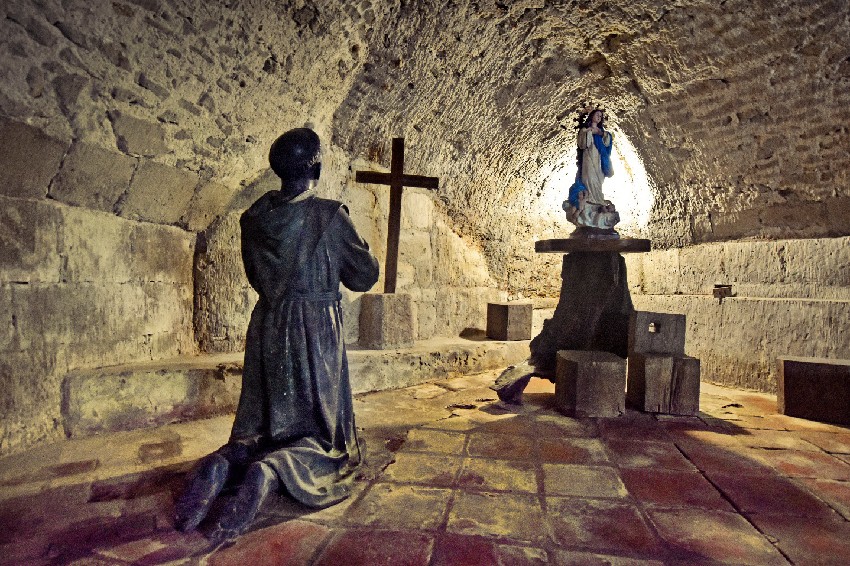
▲St.Peter's Baptist Church
Founded in 1590,St.Peter's Baptist Church is one of the oldest churches in the Philippines,honoring its founder,the missionary Saint Peter from Avila,Spain,who was also one of the 26 saints martyred in Japan in 1597.
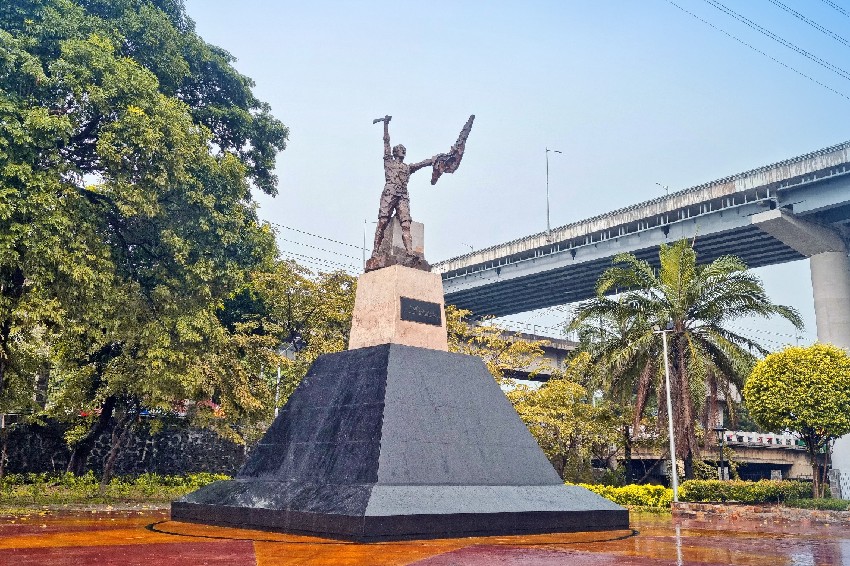
▲Monument to Andres Bonifacio
It was established in 1896 in memory of Andres Bonifacio,the father of the Philippine Revolution.The ceremony to commemorate his birth is held here every year on November 30.
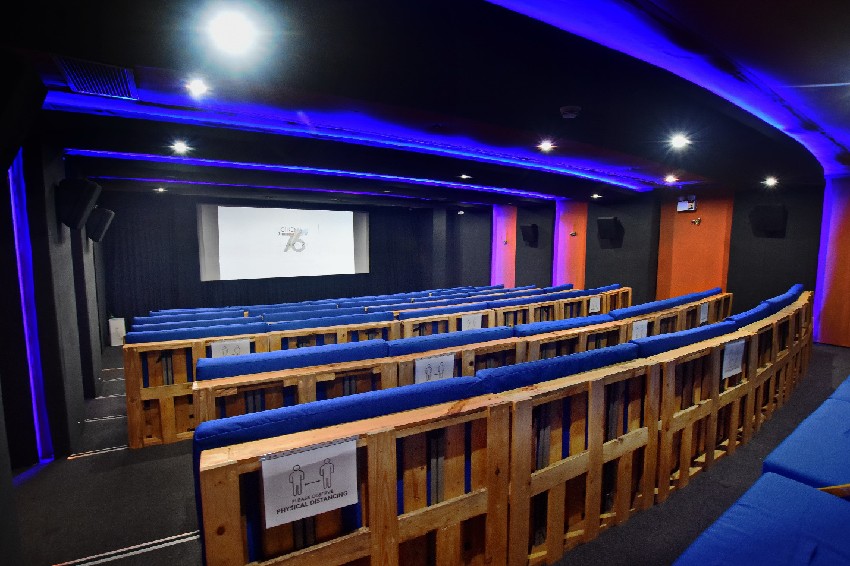
▲"Cinema '76"
"Cinema '76" is the Philippines' pioneering micro-cinema dedicated to presenting the latest Filipino and foreign films to discerning filmgoers.Filipino and foreign language films are shown here every day throughout the year,including art house,mainstream,Hollywood and independent films.
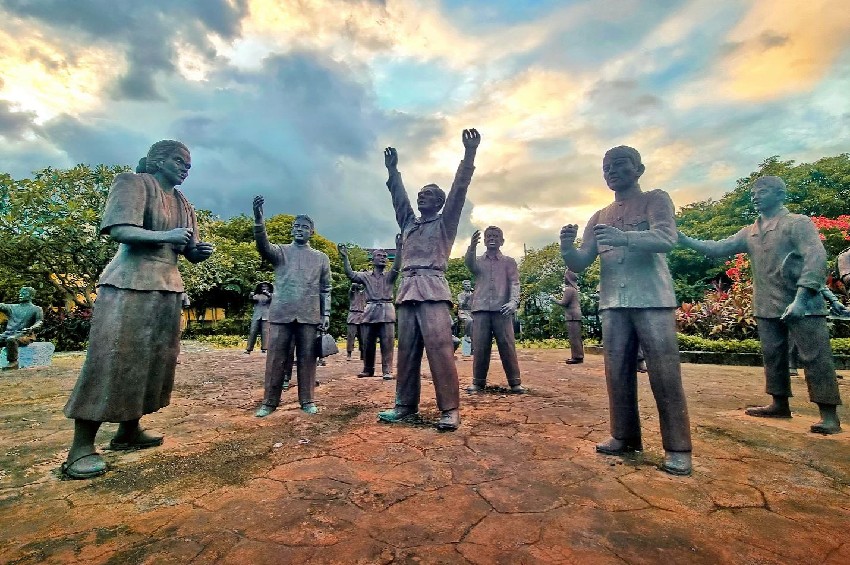
▲Site of the Balintawak Uprising
In August 1896,the Philippine War of Independence against Spanish Colonial Rule began here.Members of the Katipunan Revolutionary Organization led by Andres Bonifacio revolted near Caloocan(now part of Quezon City).
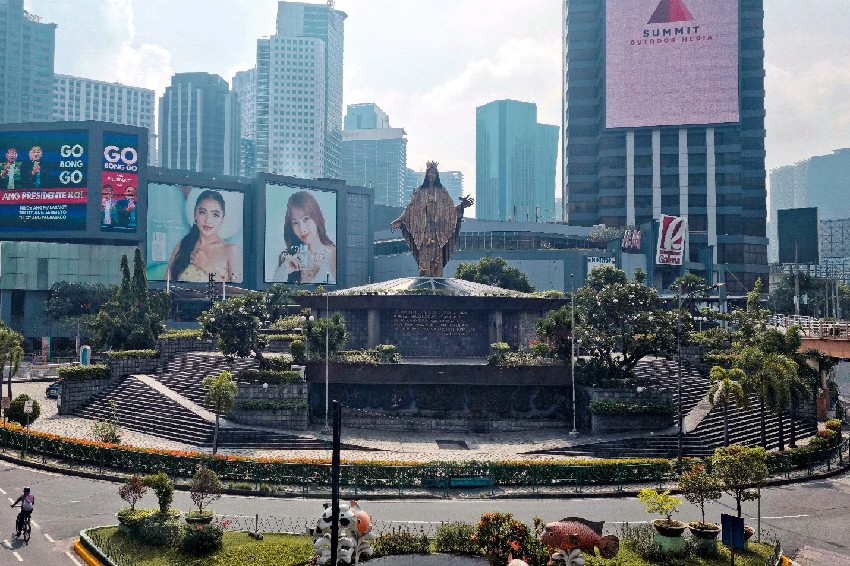
▲EDSA Shrine-Queen of Peace Shrine
It was built to commemorate the People Power Revolution in the Philippines in 1986.
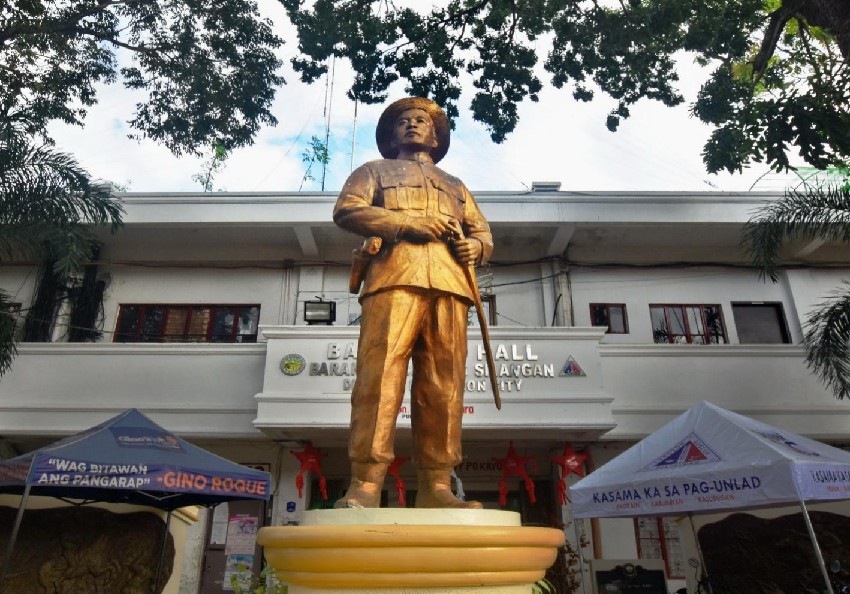
▲General Richelieu Geronimo Memorial Statue
Philippine Revolutionary Army general who fought against American Brigadier General Henry Lawton at the Battle of San Mateo in the American-Filipino War on December 19,1899.
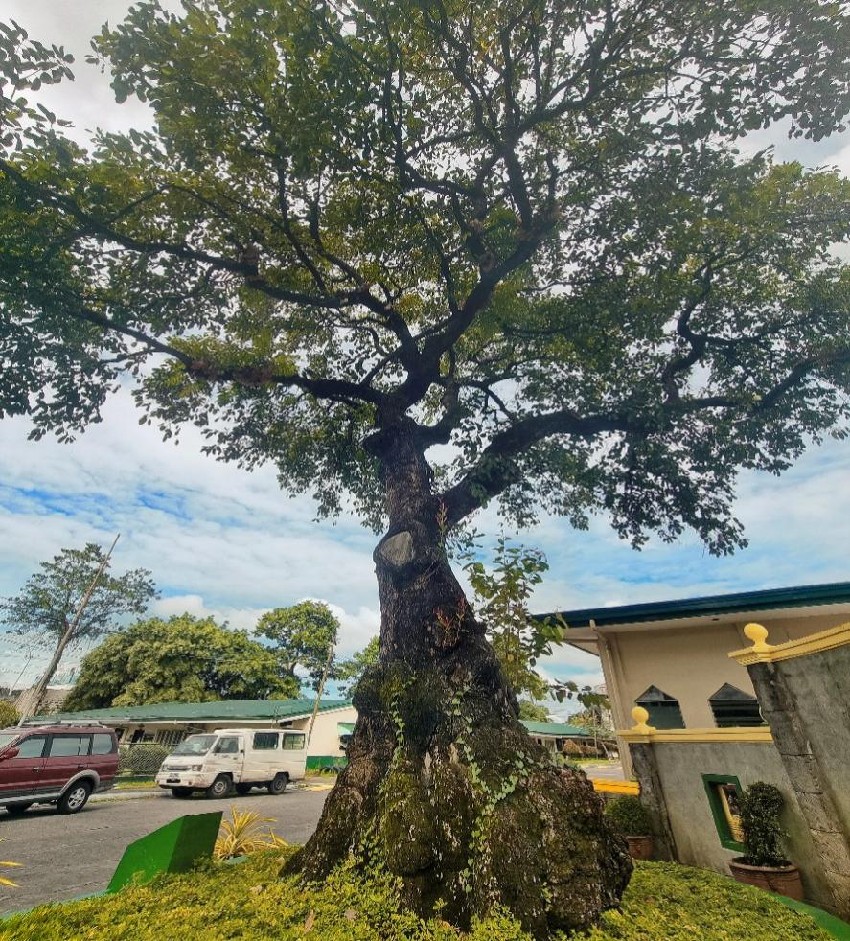
▲Katipunan Tree
This century-old tree at the College of Metro Manila in Quezon City is a silent witness to the Philippine revolution against Spanish colonial rule.
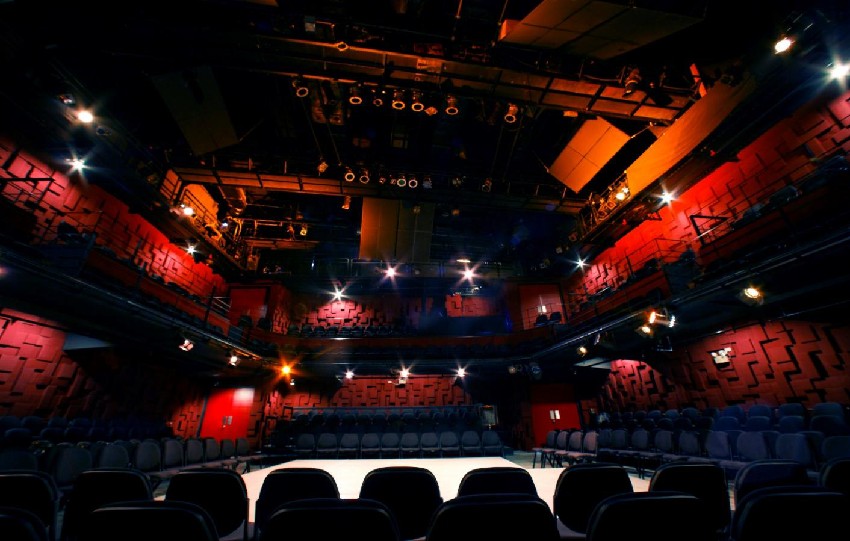
▲Philippine Educational Theater Association
Cecile Guidote-Alvarez founded the Philippine Educational Theatre Association in 1967,a non-profit and non-governmental organization that promotes social change and progress.
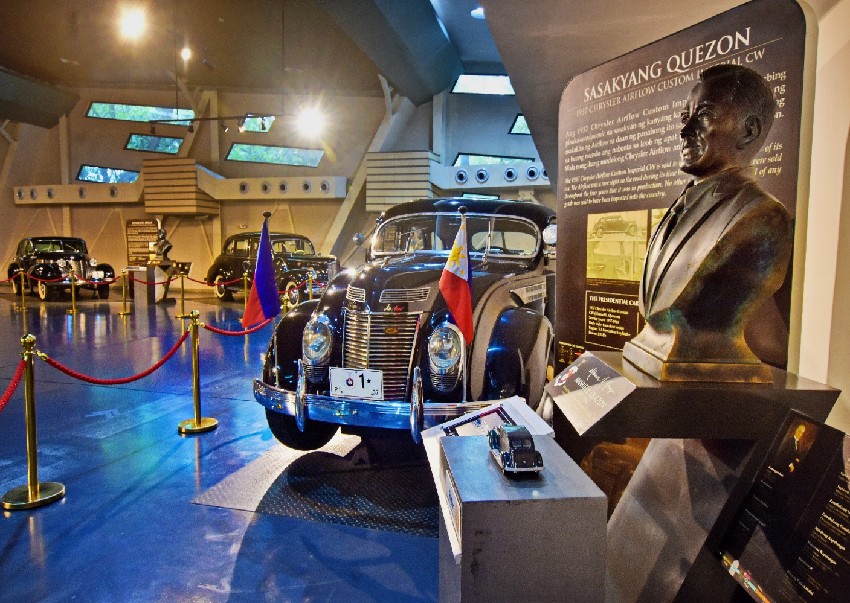
▲Presidential Motor Museum
The museum with the largest collection of presidential cars in the Philippines.
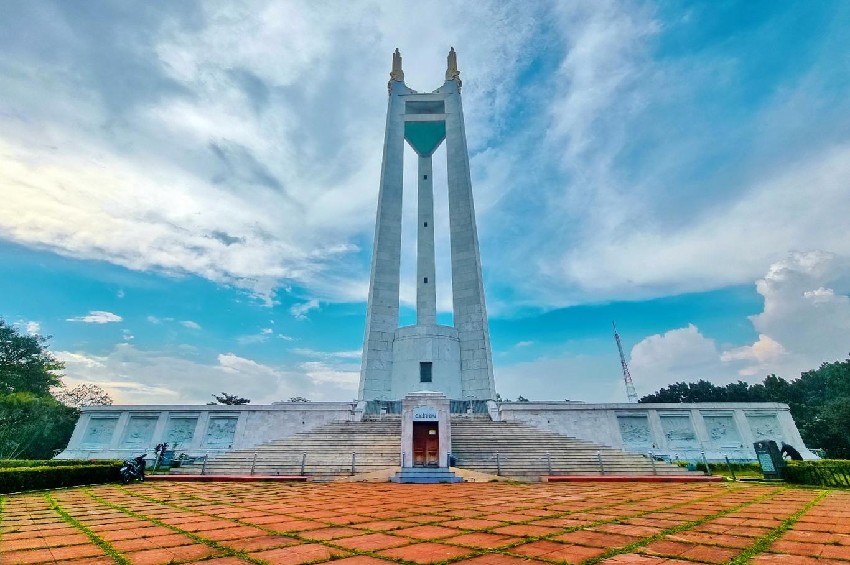
▲Quezon Monument
A Quezon City landmark with the mausoleum of President Quezon and his wife at the base, three towers representing the three major island groups of the Philippines above,and a statue of an angel holding a wreath at the top.
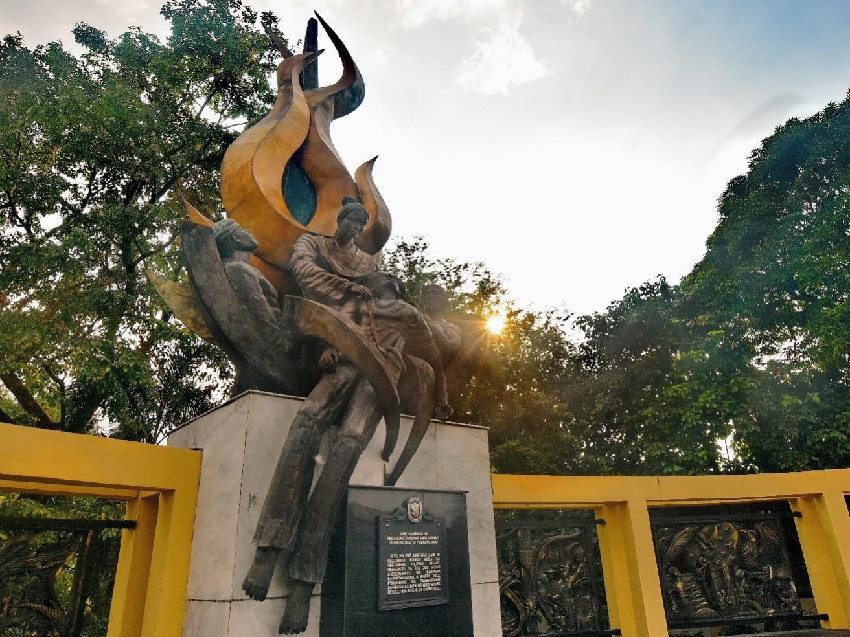
▲Tandang Sora Monument
It was built in honor of the mother of the Philippine Revolution,Melchora Aquino(known as "Tandang Sora").She was arrested and exiled to Guam for providing shelter and food to wounded Katipunan members.She remained there until 1903 when she was repatriated.
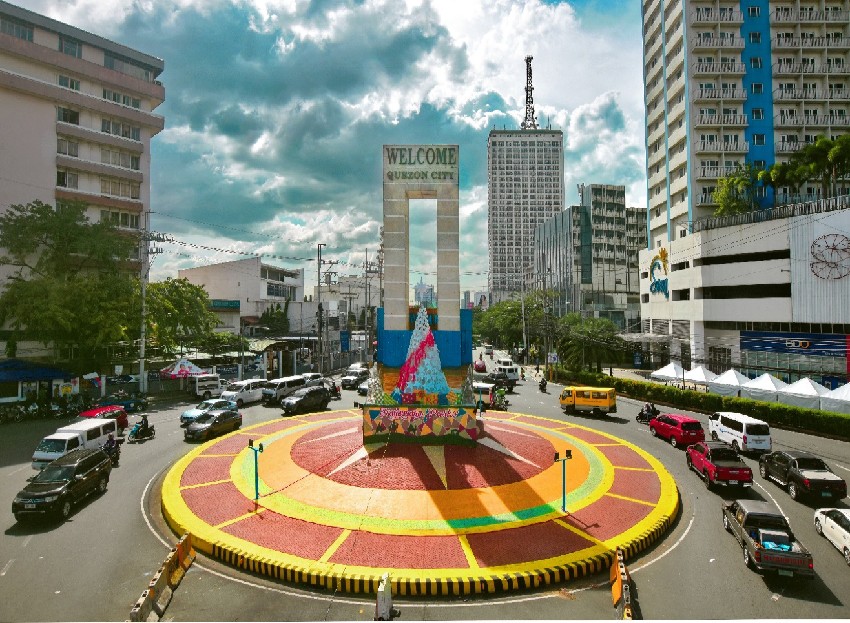
▲Welcome Roundabout
It is located on the border between Quezon and Manila,its Filipino name means "welcome foreign friends to the Philippines."
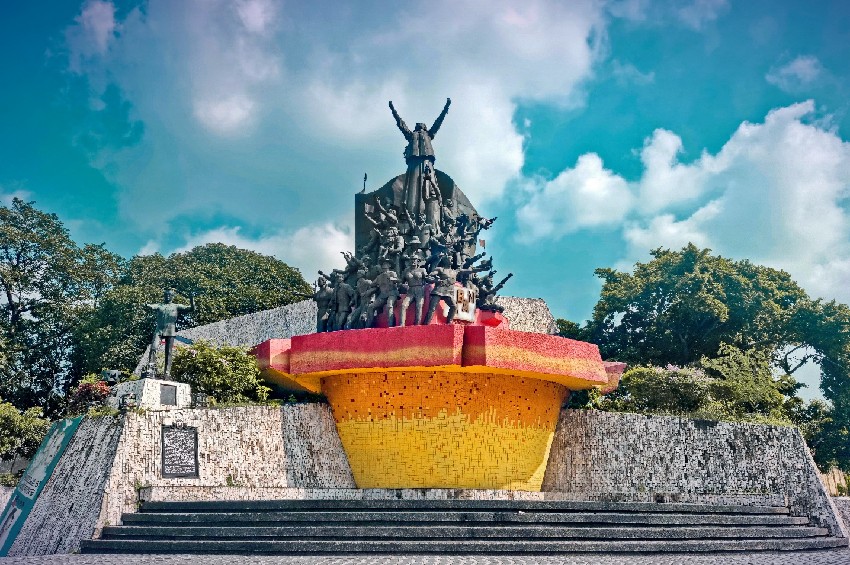
▲EDSA People Power Evolution Monument
It was built to commemorate the 1986 People Power Revolution.
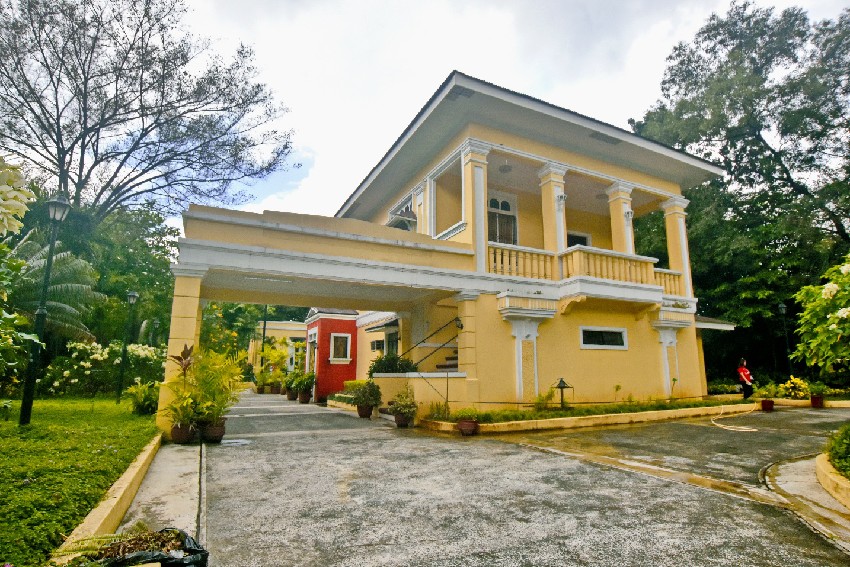
▲President Quezon's Residence
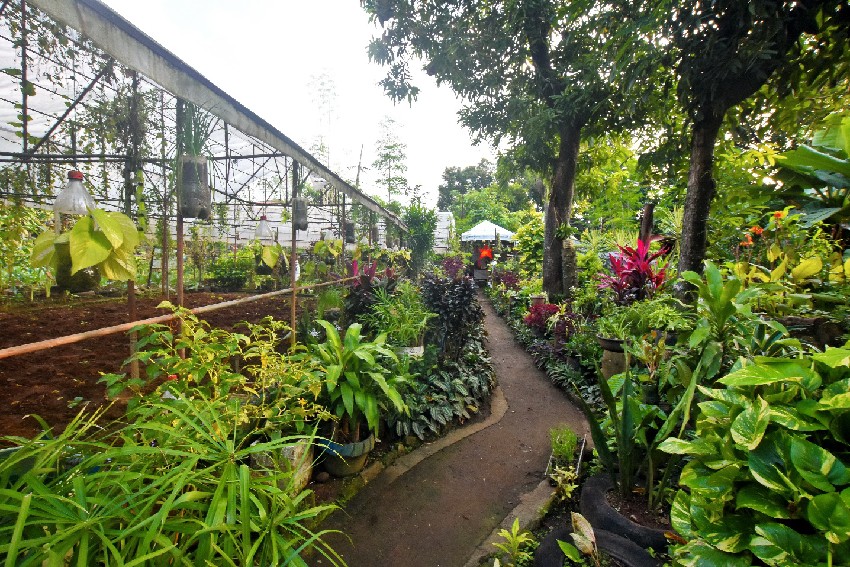
▲Ecological Trail
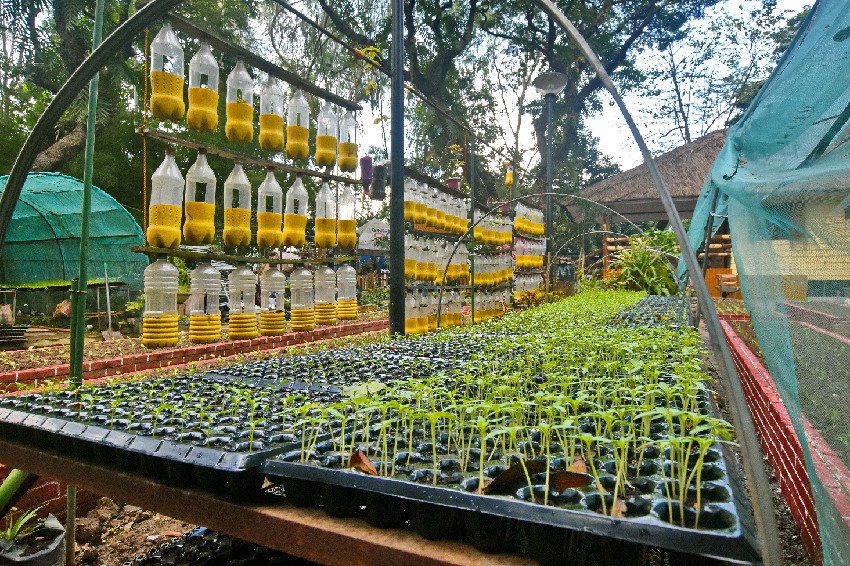
▲Quezon City Farm
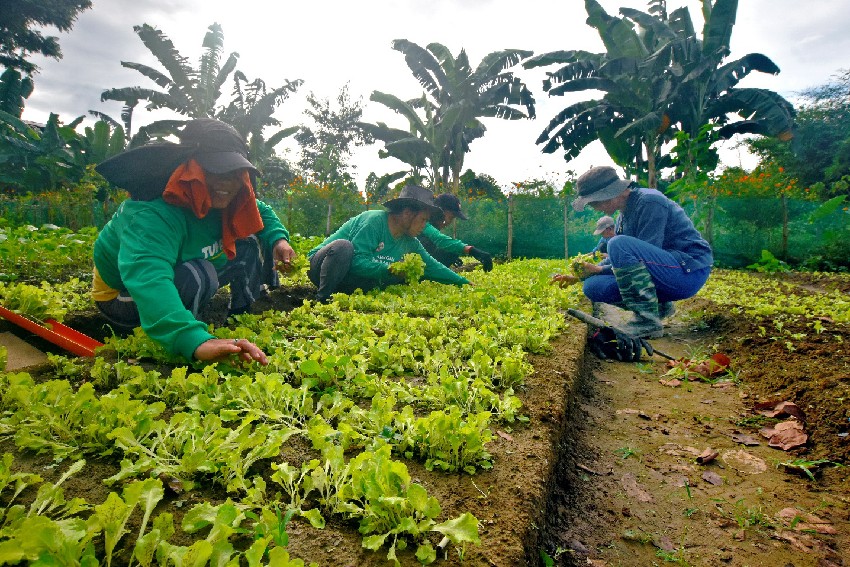
▲New Greenland Farm
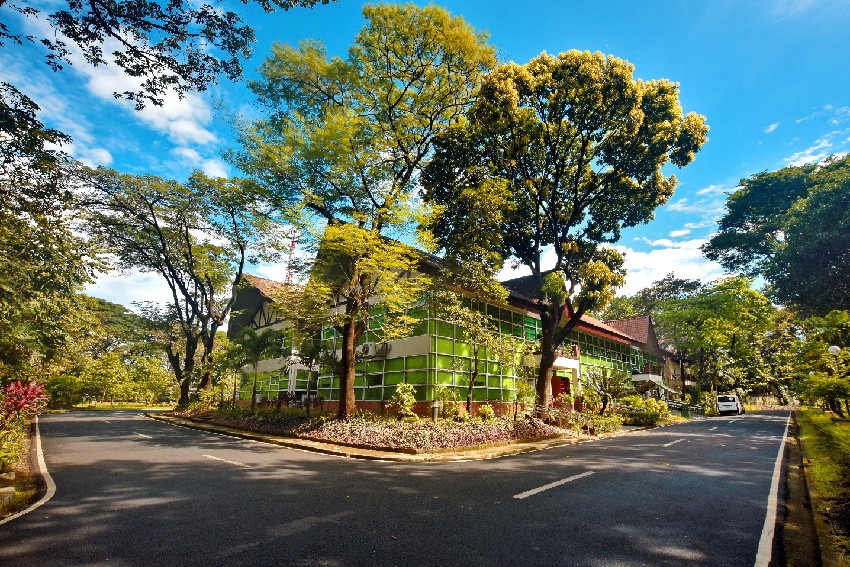
▲Ninoy Aquino Park and Wildlife Center
The Ninoy Aquino Park and Wildlife Center is a 23.8-hectare protected area managed by the Biodiversity Management Division of the Ministry of Environment and Natural Resources.
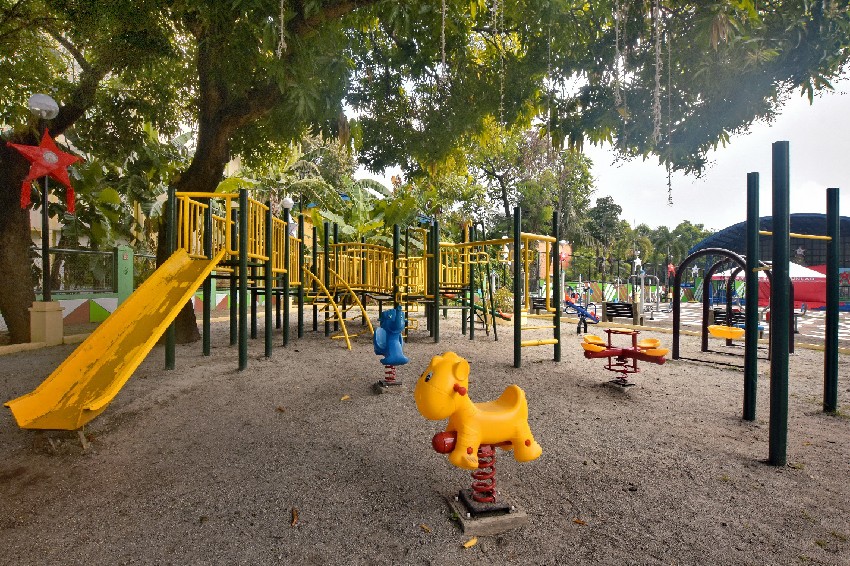
▲No.4 Project Park
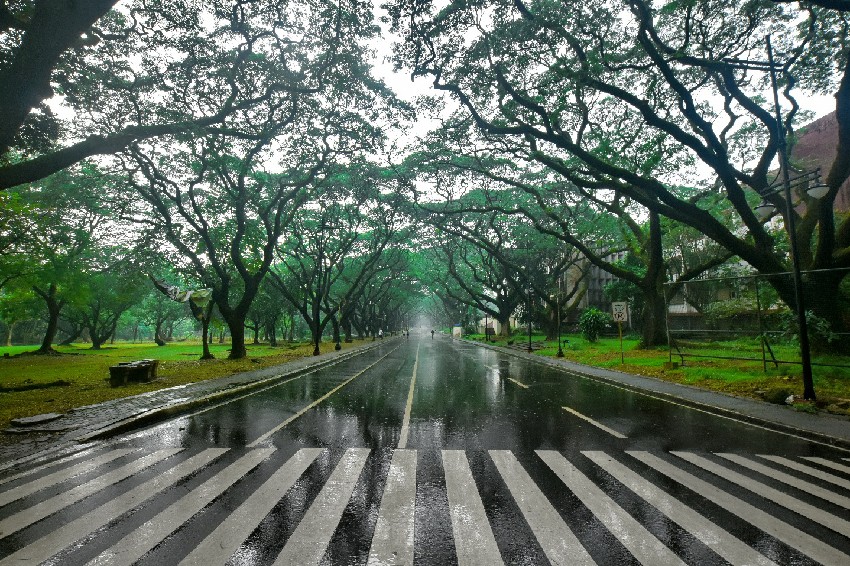
▲University of the Philippines Campus
The school was founded in June 1908.
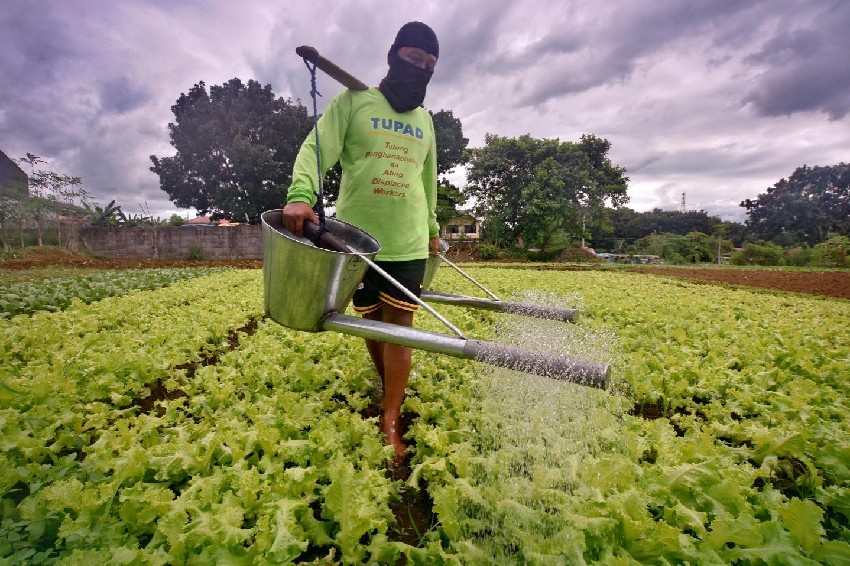
▲Vienna Manor
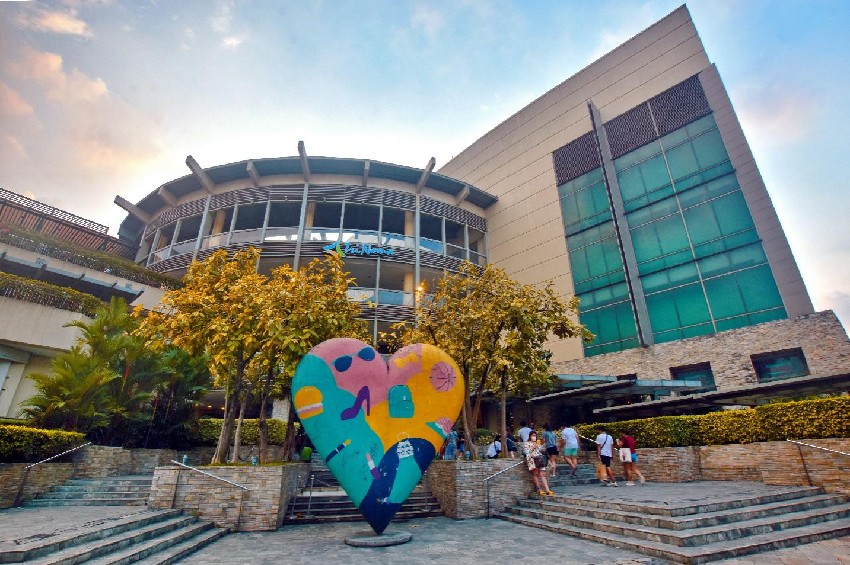
▲Manila Vertis North
Large shopping center in Quezon City.
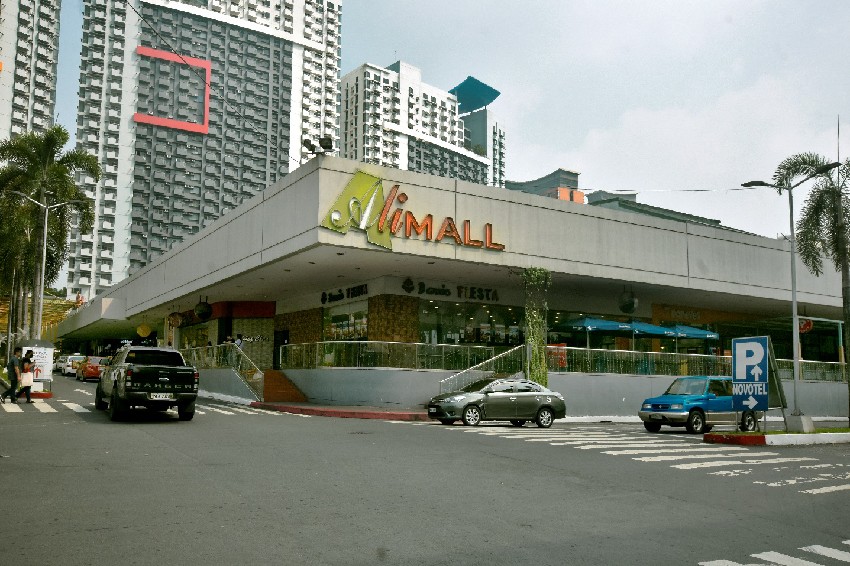
▲Ali Shopping Mall
The mall opened on June 30,1976,named after boxing champion Ali,who defeated Frazier in Manila in 1975 and was a guest of honor at the mall's opening ceremony a year later.
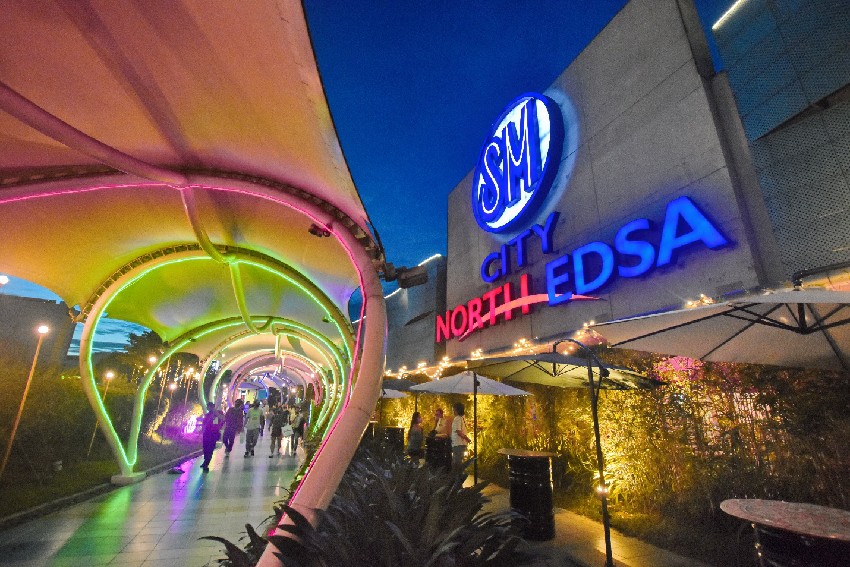
▲SM City Mall
The Shoe Mart Group's first shopping mall in the Philippines was once the largest mall in the Philippines and the 11th largest in the world.
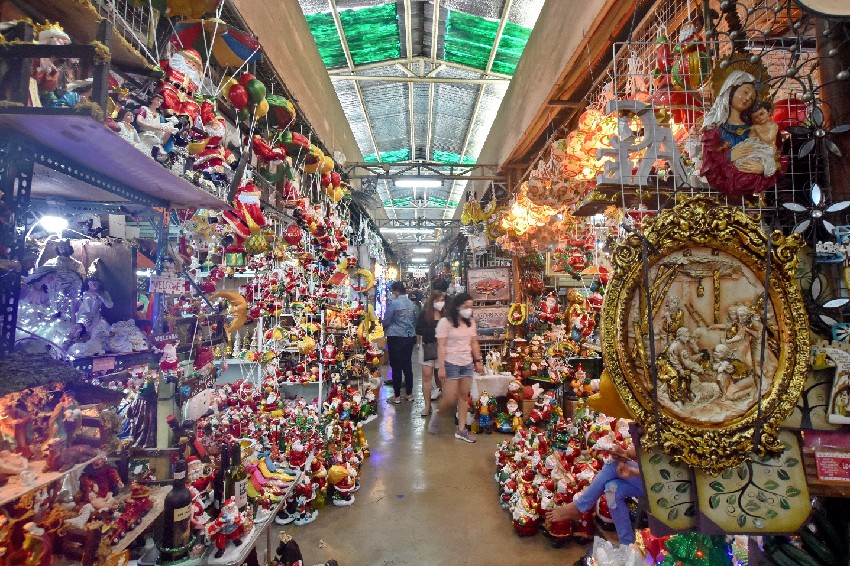
▲Dapitan Shopping Street
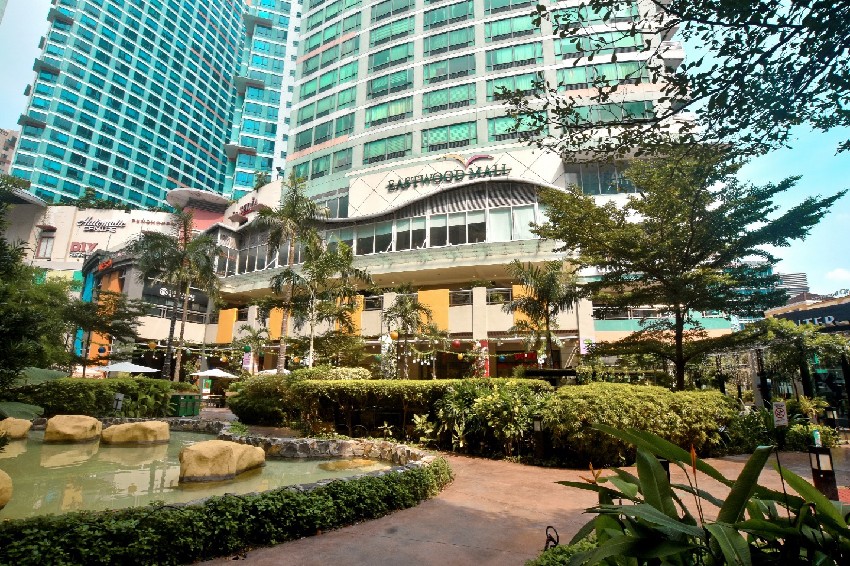
▲Eastwood City
Eastwood City is the first IT industrial park in the Philippines.It is an 18.5 hectare mixed-use "live-work-leisure" property built in 1997 and is the first project in the Philippines to enjoy Special Economic Zone status.
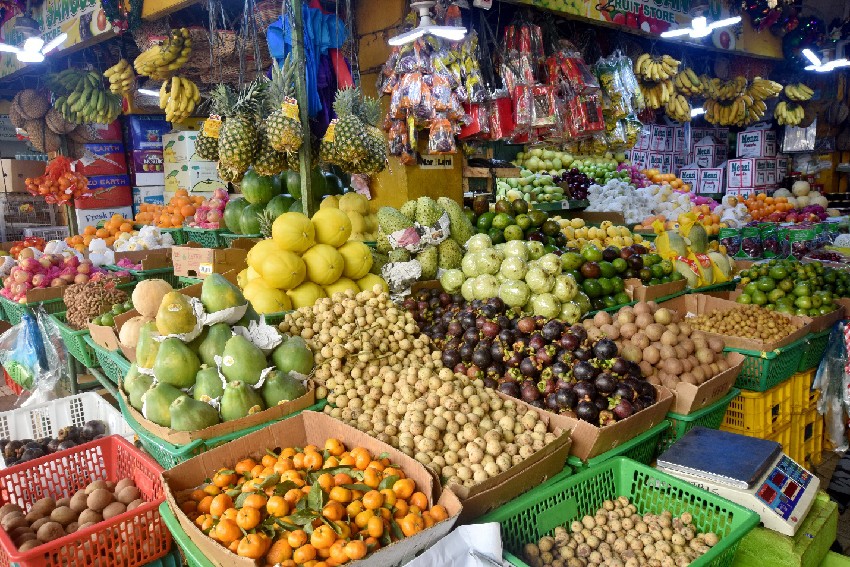
▲Farmers' Markets
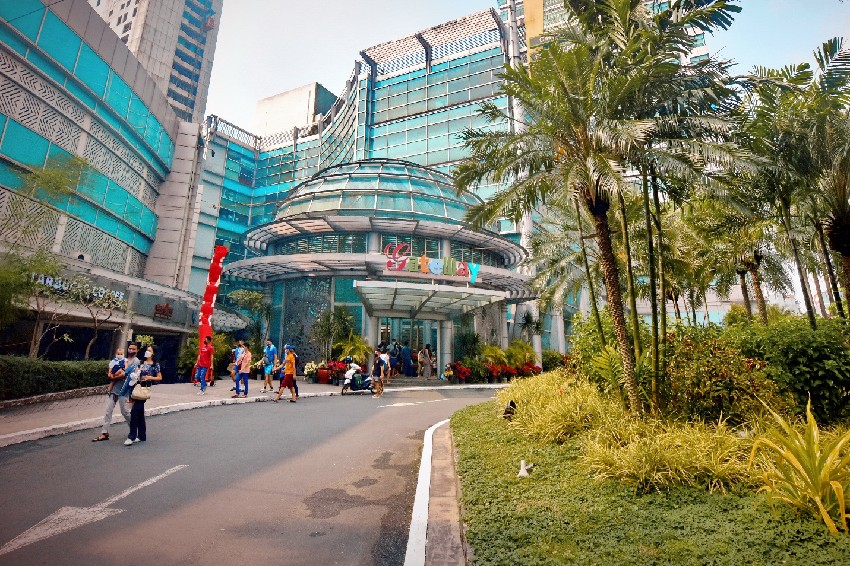
▲Gateway Shopping Center
It covers an area of 100,000 square meters and serves 220,000 customers every day.
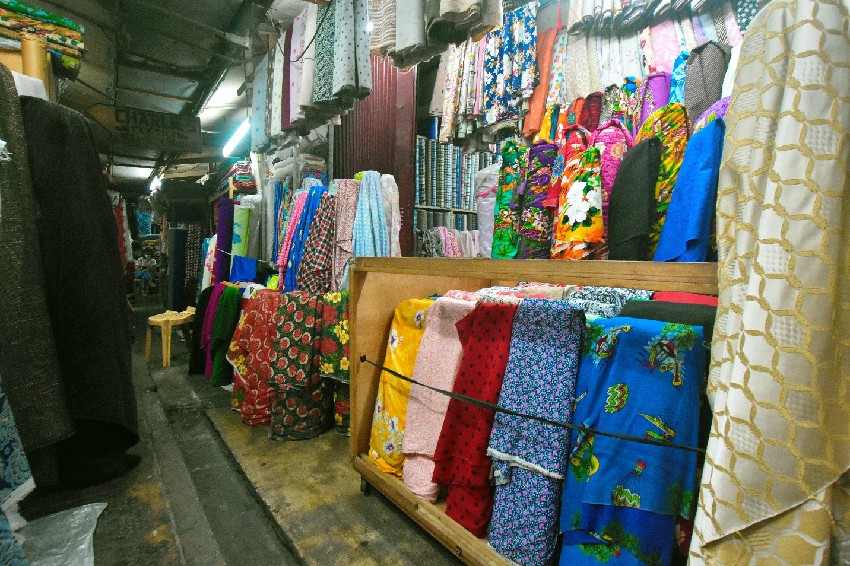
▲Kamuning Textile Market
Known as the textile and fashion capital of Quezon.
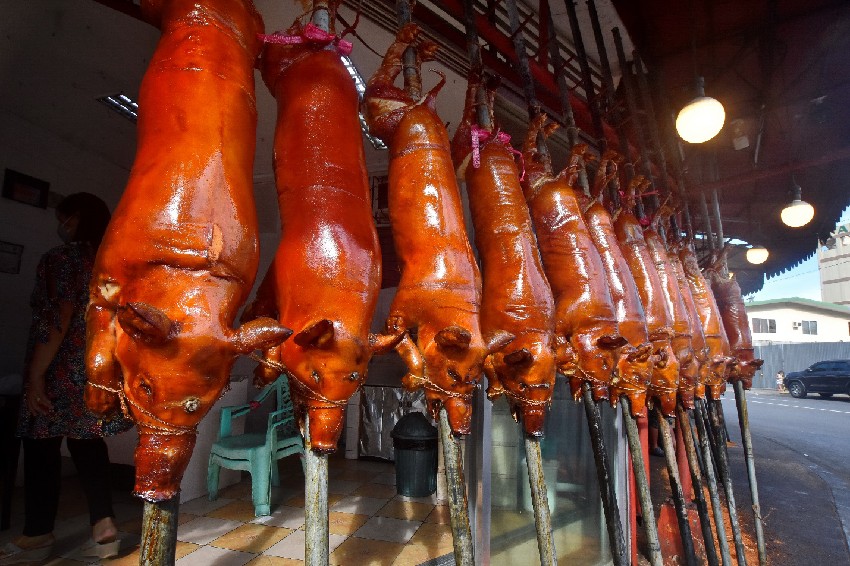
▲Roasted Suckling Pig
Roast Suckling pig is a staple of Philippine holiday cuisine.Every May,Quezon City holds a roast suckling pig festival and the parade attracts many visitors.